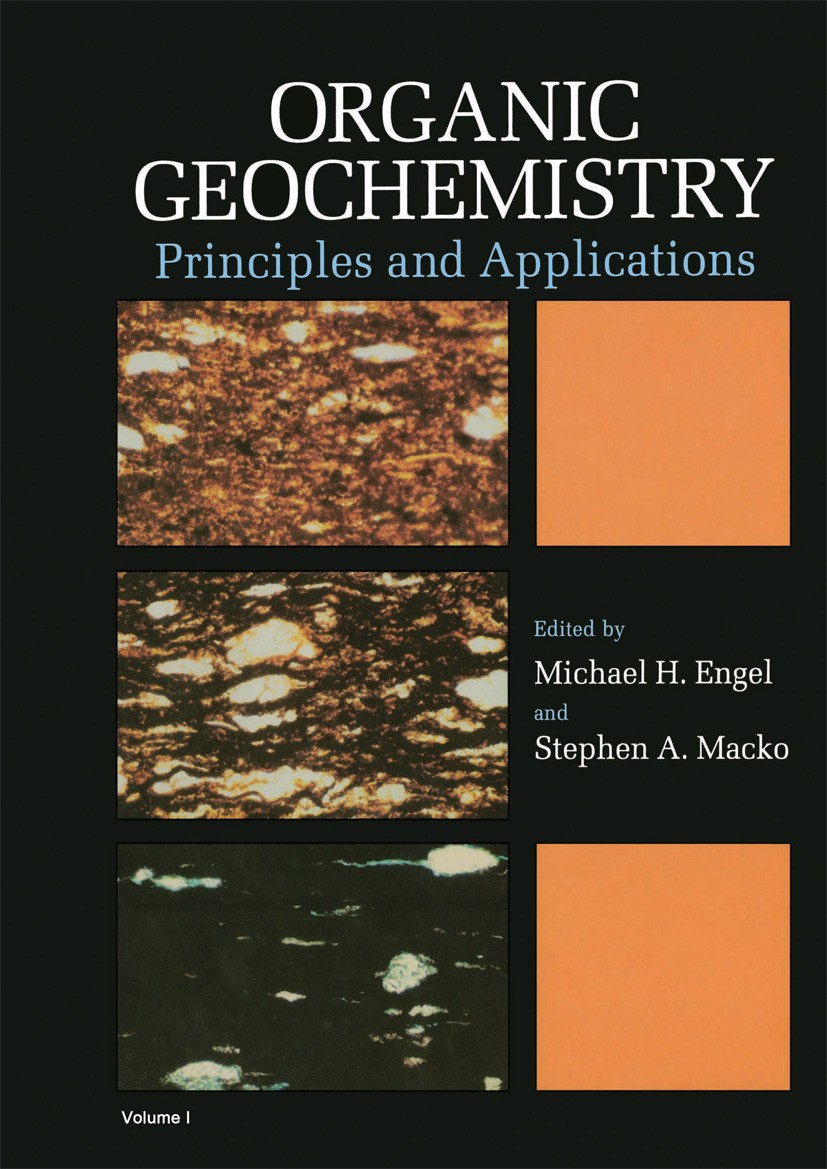Generation and maturation of diamondoids for petroleum reservoirs in the Tarim Basin, NW China
IF 2.5
3区 地球科学
Q2 GEOCHEMISTRY & GEOPHYSICS
引用次数: 0
Abstract
Diamondoid generation and maturation behaviors in natural system remain unresolved. Oils/condensates from the Tarim Basin have elevated diamondoid concentrations. Diamondoid concentrations and maturity ratios for 167 oils/condensates from the Tarim Basin were used to document diamondoid generation and maturation in combination with the maturity frameworks of the deep source rocks. These samples include 29 Kuqa condensates from the Kuqa Depression, and 45 Tabei oils/condensates from the Tabei (Northern Tarim) Uplift and neighboring slope area and 93 Tazhong oils/condensates from the Tazhong (Central Tarim) Uplift and neighboring slope area of the cratonic region. The main observations are: (1) Concentration distributions of 4- + 3-methyldiamantane (4 + 3MD) for the Kuqa condensates and the Tabei and Tazhong oils/condensates are consistent with the maturity frameworks of the Triassic source rocks in the Kuqa Depression and the Cambrian source rocks in the cratonic region of the Tarim Basin from basin modeling, respectively. Concentrations of total adamantanes (As), total diamantanes (Ds) and 4 + 3MD have a close linear positive correlation with each other for these studied oils/condensates. These results suggest that diamondoids were generated at increasing rate with increasing maturity of these deep source rocks and did not decompose in these source rocks at maturity up to %Ro 4.0–4.5 in the Tarim Basin. (2) The effectiveness of the nine diamondoid maturity ratios (MAI, MDI, DMAI-1, DMAI-2, TMAI-1, TMAI-2, DMDI-1, DMDI-2 and EAI) increases, while the influence of source facies on these maturity ratios, in particular on the last three ratios (DMDI-1, DMDI-2 and EAI) decreases with increasing maturity of the source rocks based on Pearson correlation coefficients (r) between each other among the nine maturity ratios and concentrations of As, Ds and 4 + 3MD and As/Ds ratio. (3) The maturities of the deep source rocks for the studied samples decrease in the sequence of the Kuqa condensates > the Tazhong oils/condensates > the Tabei oils/condensates based on the maximum values and ranges of the nine diamondoid maturity ratios and the r values between each other among the nine maturity ratios, concentrations of As, Ds and 4 + 3MD. and the As/Ds ratio. This sequence provides a constraint in basin modeling on the relative maturities of the Triassic source rocks in the Kuqa Depression and Cambrian source rocks in the cratonic region.
塔里木盆地油气储层金刚石类化合物的生成与成熟
自然系统中金刚石的生成和成熟行为尚未解决。塔里木盆地的油/凝析油中金刚石含量升高。利用塔里木盆地167种油/析油的金刚石浓度和成熟度比值,结合深层烃源岩的成熟格架,记录了塔里木盆地深层烃源岩中金刚石的生成和成熟过程。其中,库车坳陷库车凝析油29份,塔北隆起及邻坡区塔北凝析油45份,塔中隆起及克拉通区邻坡区塔中凝析油93份。主要观察结果如下:(1)库车凝析油和塔北、塔中油/凝析油4 + 3-甲基diamantane (4 + 3MD)浓度分布分别符合库车坳陷三叠系烃源岩和塔里木盆地克拉通区寒武系烃源岩的成熟度格架。总金刚烷(As)、总金刚烷(Ds)和4 + 3MD的浓度之间存在密切的线性正相关关系。这些结果表明,塔里木盆地深层烃源岩中金刚石类化合物的生成速率随着烃源岩成熟度的增加而增加,并且在成熟度高达%Ro 4.0 ~ 4.5的烃源岩中未发生分解。(2) 9种金刚石成熟度比(MAI、MDI、DMAI-1、DMAI-2、TMAI-1、TMAI-2、DMDI-1、DMDI-2和EAI)的有效性随着烃源岩成熟度的增加而增强,而烃源岩相对9种成熟度比,尤其是对后3种成熟度比(DMDI-1、DMDI-2和EAI)的影响随着烃源岩成熟度的增加而减弱。(3)从9个金刚石成熟度比的最大值和范围、As、Ds和4 + 3MD的浓度及其相互之间的r值来看,研究样品深层烃源岩的成熟度顺序依次为库车油、塔中油、塔北油。As/Ds比值。该层序为库车坳陷三叠系烃源岩和克拉通区寒武系烃源岩相对成熟度的盆地模拟提供了约束条件。
本文章由计算机程序翻译,如有差异,请以英文原文为准。
求助全文
约1分钟内获得全文
求助全文
来源期刊

Organic Geochemistry
地学-地球化学与地球物理
CiteScore
5.50
自引率
6.70%
发文量
100
审稿时长
61 days
期刊介绍:
Organic Geochemistry serves as the only dedicated medium for the publication of peer-reviewed research on all phases of geochemistry in which organic compounds play a major role. The Editors welcome contributions covering a wide spectrum of subjects in the geosciences broadly based on organic chemistry (including molecular and isotopic geochemistry), and involving geology, biogeochemistry, environmental geochemistry, chemical oceanography and hydrology.
The scope of the journal includes research involving petroleum (including natural gas), coal, organic matter in the aqueous environment and recent sediments, organic-rich rocks and soils and the role of organics in the geochemical cycling of the elements.
Sedimentological, paleontological and organic petrographic studies will also be considered for publication, provided that they are geochemically oriented. Papers cover the full range of research activities in organic geochemistry, and include comprehensive review articles, technical communications, discussion/reply correspondence and short technical notes. Peer-reviews organised through three Chief Editors and a staff of Associate Editors, are conducted by well known, respected scientists from academia, government and industry. The journal also publishes reviews of books, announcements of important conferences and meetings and other matters of direct interest to the organic geochemical community.
 求助内容:
求助内容: 应助结果提醒方式:
应助结果提醒方式:


